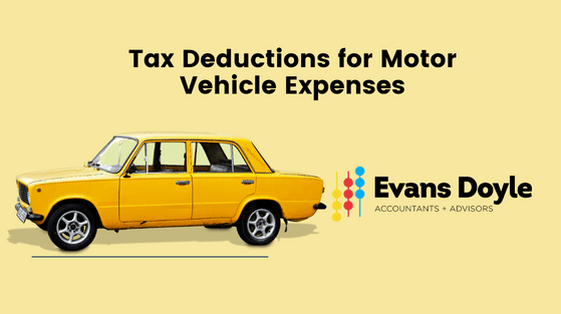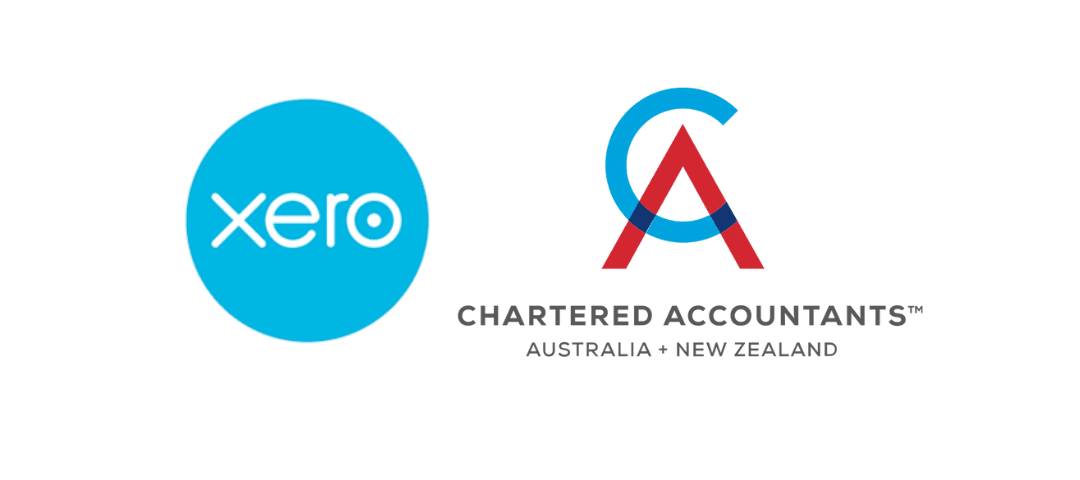We were recently asked a question about motor vehicle deductibility by one of our clients. The same questions will likely apply to most business owners wanting to maximize motor vehicle deductions, so we’ve shared our answer below.
Richard is a shareholder of Bird Nests Limited and has purchased a company vehicle that he will use for business only. Richard advises that he has no private usage of the vehicle.
Can Bird Nests Limited claim 100% of the GST on the cost of the vehicle and claim all the ongoing motor vehicle expenditure (i.e., fuel, repairs, insurance, depreciation, etc.)?
There are different rules for claiming motor vehicle expenses depending on the business structure (sole trader, partnership, close company, ordinary company, or trusts). This article focuses on closely held companies which make up a significant proportion of the total number of companies in NZ. A closely held company is one with five or fewer shareholders. Regarding the proportion of business use of the motor vehicle, the company can only have two vehicles.
Criteria for claiming 100% of motor vehicle expenditure.
If the vehicle meets the following criteria, the company can claim 100%
Be a motor vehicle not designed mainly for carrying passengers, for example, a van or double cab Ute. An ordinary car does not satisfy this criterion.
Have permanent company branding that must be prominently displayed.
Have a gross laden weight of 3,500 kg or less.
Employees must be provided with a letter of restriction stating that the work-related vehicle is not available for private use except between home and work and for travel related to the business.
Checks must be completed quarterly to make sure employees are only using vehicles for work-related purposes. Checks should be recorded.
For shareholder-employees, another personal vehicle is available to satisfy IRD.
If the criteria for claiming 100% are not met, the company has two options to consider.
Shareholder Motor Vehicle Contribution
This is a non-cash accounting adjustment at year-end, where the shareholders reimburse the company 20% of the cost price of the vehicle, including GST.
For example, if the vehicle costs $30,000 + GST, the shareholder motor vehicle reimbursement that Richard pays to the company is $6,900 per year (which is income to the company). This payment that Richard makes to the company reimburses the company for his private use of the vehicle during the year, and the company is entitled to claim 100% of all the operation costs of the vehicle. Immediately, depreciation on the vehicle is 30%, so this provides a net tax advantage. In most situations, the operating costs of the vehicle exceed the shareholder reimbursement.
The shareholder motor vehicle reimbursement is completed by an accounting journal (non-cash) and is completed by the accountant at the end of the financial year. There will be a GST adjustment at the end of the financial year for the company to return GST on the shareholder reimbursement.
This method works best if the private use of the vehicle is high. It is also most easiest to administer and often results in the best tax outcome.
Business Use Percentage
This proportion method results in only claiming the actual business use percentage. The business use is calculated by keeping a logbook for three months to establish the business use and the private use.
Then, every expenditure item is adjusted to only claim the business use percentage. For example, say, the logbook calculated that Richard’s use of the motor vehicle was 45%. The company would claim 45% of each fuel purchase, etc. The logbook percentage is valid for three years.
For the purpose of the logbook, travel to and from work is considered a private nature and does not count towards the business percentage.
This method often results in more administration time to dissect every transaction to the correct business use and to keep a logbook. The GST claim is also limited on purchase to the business use percentage.
Conclusion
In Richard’s case, he purchased a new Mazda CX-5, which is not a work-related vehicle and did not qualify for the 100% deduction from a work-related vehicle. Therefore, Richard elected to use the Shareholder Motor Vehicle Contribution to claim 100% of the GST on purchase, claim 100% of the operational costs during the year for both GST and income tax, and has advised us to complete the shareholder motor vehicle reimbursement when preparing the financial statements. This is often the best outcome to maximize GST and income tax deductions and the simplest to administer.
Contact Us
Contact Tim Doyle or Jane Evans today to discuss on 07 823 4980 or email us. Our office is in Cambridge, NZ, but distance is no problem. We have many international and national clients.
This material has been prepared for informational purposes only, and is not intended to provide, and should not be relied on for, tax, legal or accounting advice. You should consult your own tax, legal and accounting advisors before engaging in any transaction.





